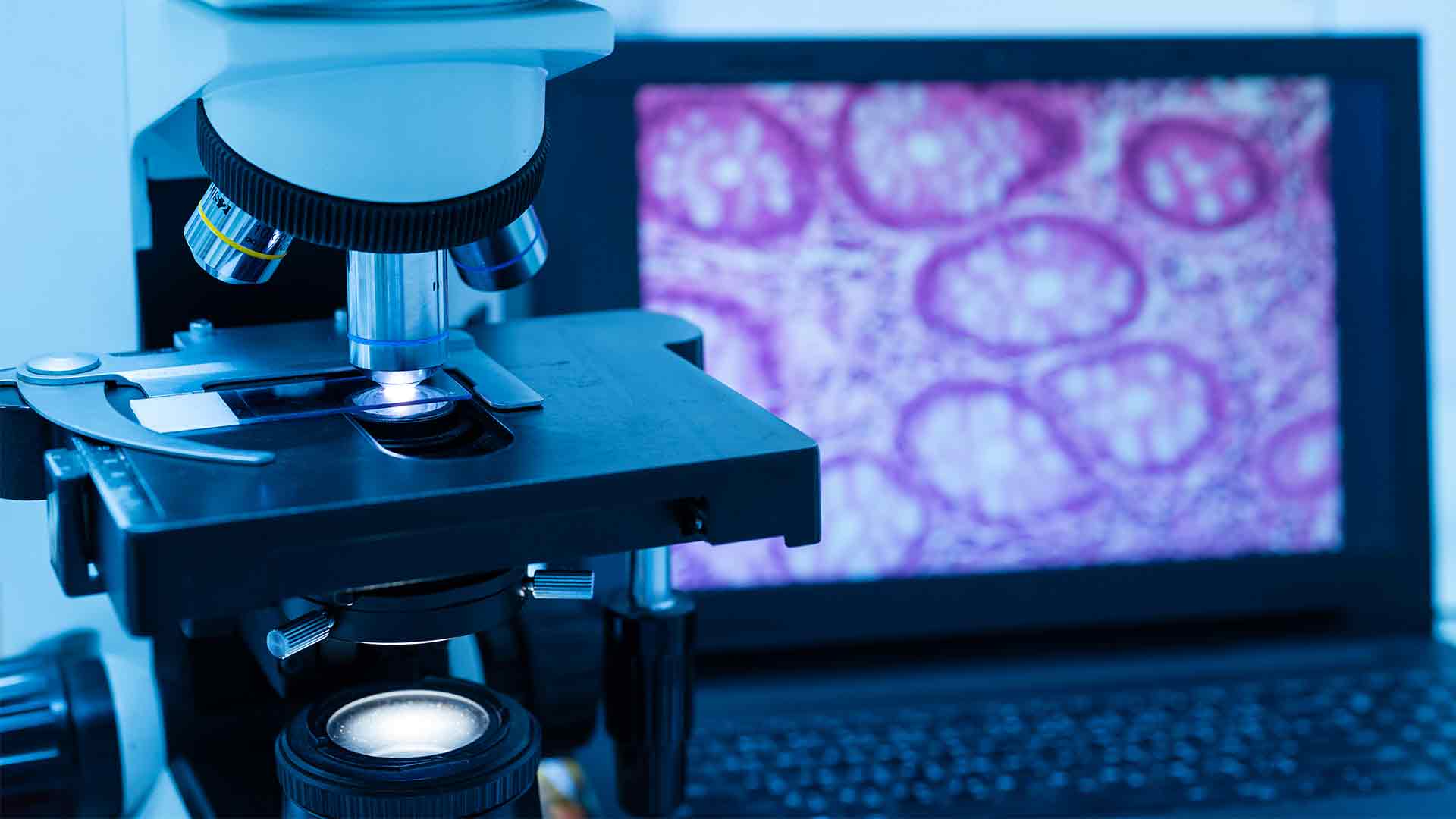Boron in Bioimaging
Bioimaging applications for boron dyes are manifold. Studies show that various boron-centered chemical modification compounds – 4,4-difluoro-4-bora-3a,4a-diaza-s-indacene – use detection reagents which absorb light energy, altering optical and bioimaging properties for ease of analysis and interpretation.

Boron in Bioimaging.jpg
Boron-dipyrromethene Dyes
Boron-dipyrromethene dyes, particularly BODIPY, are highly flexible and exhibit anisotropic photonic behavior. This chirality is the result of spontaneous mirror symmetry breaking. Interestingly, unlike other chromophores, this process is not stochastic but is a quasi-deterministic event. The origin of axial chirality is derived from a J-like excitonic coupling in the crystalline pore.
These compounds also exhibit various electronic properties and can be used in organic light-emitting diodes (OLEDs). They show far-red and near-infrared electroluminescence and an amplified spontaneous emission threshold of 22 JM 2 cm at 750 nm. Their sensitivity to acrylic fusion is one of their most attractive features. Compounds can be used in dye-sensitized solar cells for a variety of applications (see below).
Types of Boron Compounds Used in Dyes
The BPDY dye’s spectral properties were assessed using a concentration-dependent fluorescence spectroradiometer. In addition to FP-IR, BODIPYs have been used as indicator displacement assays. They are also helpful for fluorescence correlation spectroscopy. This model allows scientists to investigate the underlying mechanisms of fluorescent reactions in real-time.
An essential characteristic of these dyes is their ability to absorb a small number of different dyes. During a PET, the molecules are absorbed by the dye’s atoms. An increase in iron sulfate can stimulate a large amount of cell growth. It can also increase the body’s metabolism and reduce blood pressure. A lowered oxygen level in the brain can cause an increased risk of cancer.
These three dyes are helpful for protein and antibody labeling. Raymond Ziessel has successfully synthesized them. The BODIPY compounds are hydrophobic and must be modified to be soluble in water. In this case, trimethylammonium groups were added to improve their water solubility. Among these dyes, BP5dbpm is dissolved in nitrogen at a temperature of about 4 degrees Celsius.
The dyes exhibit a high fluorescence quantum yield and slight Stokes shift. They are also soluble in a variety of organic solvents. The corresponding properties of the dyes are suitable for the sensing of a wide range of biological systems.
Applications of Boron Dyes
Boron dye compounds are helpful in medical imaging. Solubilized dyes are useful in identifying biological structures. BODIPY dyes are widely used for fluorescence correlation spectroscopy. A recent study reported that the PH of BODIPYs was less sensitive to acidic or basic solvents than that of BODIPY. BODIPY dyes show a low sensitivity to pH. BODIPY dyes exhibit excellent optical properties.
Besides their extensive applications as fluorescent probes in biology, BODIPY dyes are also widely used as cation and anion sensors, drug delivery agents, fluorescent switches, electroluminescent films, laser dyes, light harvesters, and sensitizers for solar cells. The following sections describe some of the most common uses of boron dyes.
The first application of the BODIPY dyes is a sensor for detecting alkali metals such as potassium, sodium, rubidium, and cesium. The BODIPY difluoro-4-(2-pyridyl)phenylboronic acid (BP1) has been shown to detect K+ ions in an aqueous solution. The BODIPys can form complexes with metal ions. For example, the BODIPy BF3− complex exhibits a strong absorption band around 520 nm.
The second application of the BODIPY dyes involves the detection of ammonium ions. The BODIPYPtBu2BF4 complex shows good selectivity toward NH4+. The BODIPYs can be used to monitor the pH value of solutions.
The third application of the BODPY dyes is the detection of H+, Na+, Li+, Ca2+, Mg2+, Cu2+, Zn2+, Cd2+, Ba2+, Pb2+, Fe2+, Co2+, Ni2+, Cr3+, Al3+, Ga3+.
Research Methods into Boron Dyes
Kevin Burgess and his group have researched creation of two white-light OLEDs with two different boron dyes. They group also describe a new synthetic method using acyl chlorides instead of aldehydes. Unlike other methods, this procedure does not require a subsequent oxidation step. The combination of phenyl groups and boronic acid yields white-light OLEDs.
Further, Burgess has synthesized a series of long-wavelength BODIPY dyes. The conjugates of the pyrroles were enlarged and stabilized, and a phosphorescent compound was synthesized. The BODIPY method has a high quantum yield, low Stokes shift, and excellent thermal stability.





